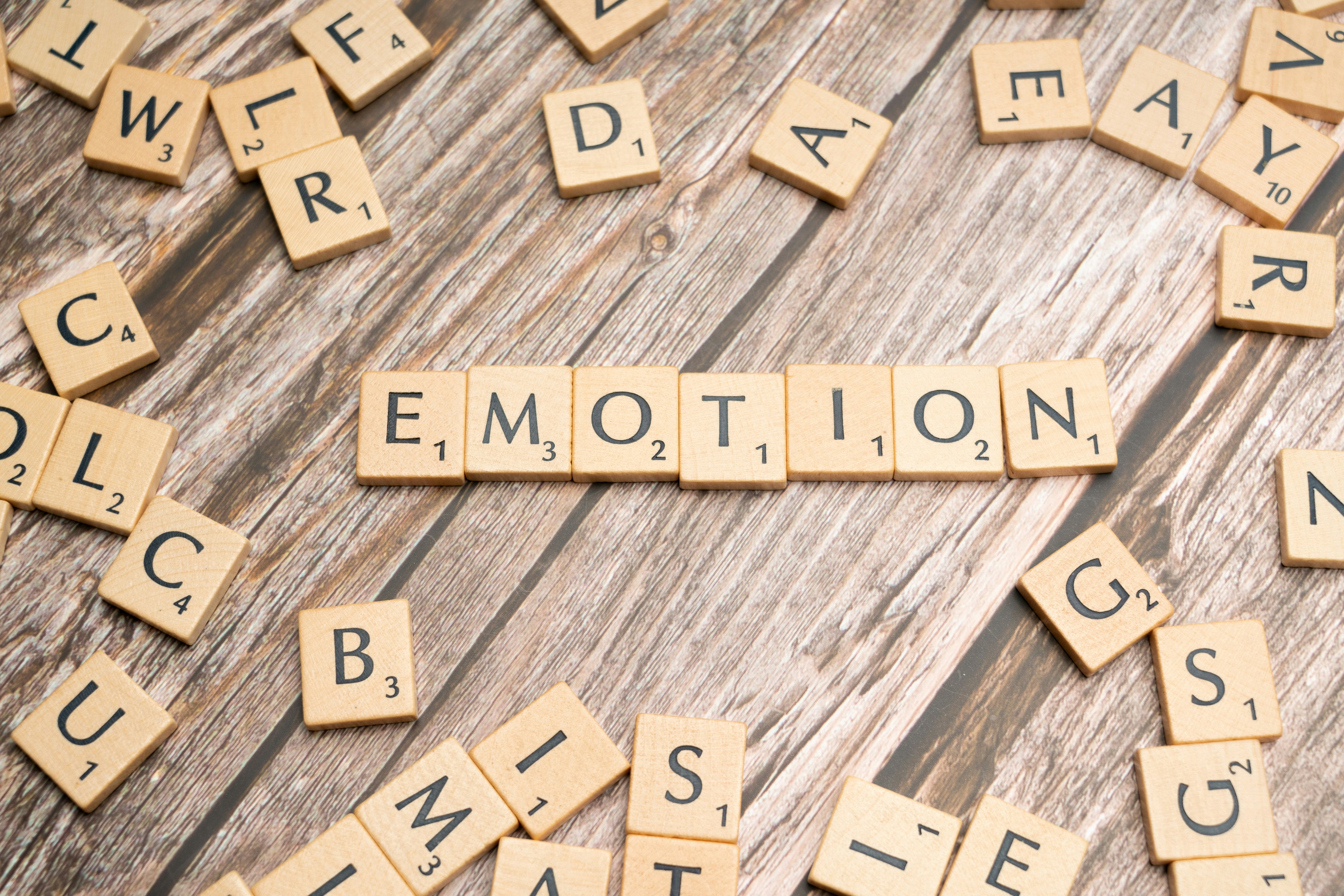Harness AI Collaboration for Creative Problem Solving in Business
In today's rapidly evolving business landscape, the fusion of artificial intelligence (AI) and human creativity is a game-changer. Organizations are discovering groundbreaking methods to leverage AI tools and enhance human-machine partnerships, leading to more innovative and effective teamwork. "The AI Collaboration Lab" emerges as a beacon of promise, showcasing how AI can redefine collaboration and creativity in the workplace. This article explores the innovative use of AI to foster creativity through enhanced teamwork, integration into brainstorming sessions, design thinking, and product development, weaving in unique case studies, challenges, and practical solutions that can transform the way businesses approach problem-solving.
The Emerging Role of AI in Collaborative Creativity
AI's impact on business collaboration is profound and multifaceted. By integrating AI tools into collaborative processes, organizations are witnessing an unprecedented level of creativity. AI can analyze vast amounts of data, generate ideas, and provide insights that may not be immediately apparent to human teams. This synergy between human intuition and AI's analytical prowess enables companies to tackle complex problems more effectively.
Understanding the AI Collaboration Lab
The concept of the "AI Collaboration Lab" symbolizes an environment where human creativity meets AI capabilities. Companies are creating spaces—both physical and virtual—where teams can brainstorm, develop concepts, and iterate solutions in the presence of AI tools. These labs encourage an open-minded approach, where ideas can flow freely and be enhanced with AI-generated insights.
For instance, imagine a product development team tasked with creating an innovative new gadget. In a traditional setting, team members might bounce ideas off one another, but in an AI Collaboration Lab, they can engage with AI tools that analyze market trends, consumer feedback, and technological advancements in real-time, providing a richer foundation for brainstorming.
Frameworks for Effective AI Integration in Teams
To maximize the potential benefits of AI collaboration, organizations need structured frameworks that facilitate its integration. Here are several frameworks that can foster a collaborative environment:
-
Design Thinking with AI: Design thinking emphasizes empathy, ideation, and iterative processes. By incorporating AI tools, teams can gather user data, sentiments, and behavioral patterns, which can inform design efforts more deeply. Case studies, such as the one involving a major tech firm that used AI to analyze customer feedback before embarking on a new product line, highlight the power of this integration.
-
AI-Augmented Brainstorming Sessions: Traditional brainstorming has its merits, but when AI systems are introduced, they can provide various idea prompts based on historical data and trends. For example, a marketing team might input their goals into an AI brainstorming tool, which then suggests actionable ideas based on competitive analysis and market research.
-
Feedback Loops: Continuous improvement relies on feedback, and AI can streamline this process. By integrating AI tools that analyze team performance and project outcomes, organizations can create feedback loops that help iterate and refine projects in real-time.
Case Studies in AI-Enhanced Collaboration
Real-world applications serve as a powerful testament to AI's role in improving collaborative creativity. Let's explore a couple of case studies that illustrate success and the lessons learned.
1. The Auto Manufacturer's Innovation Lab
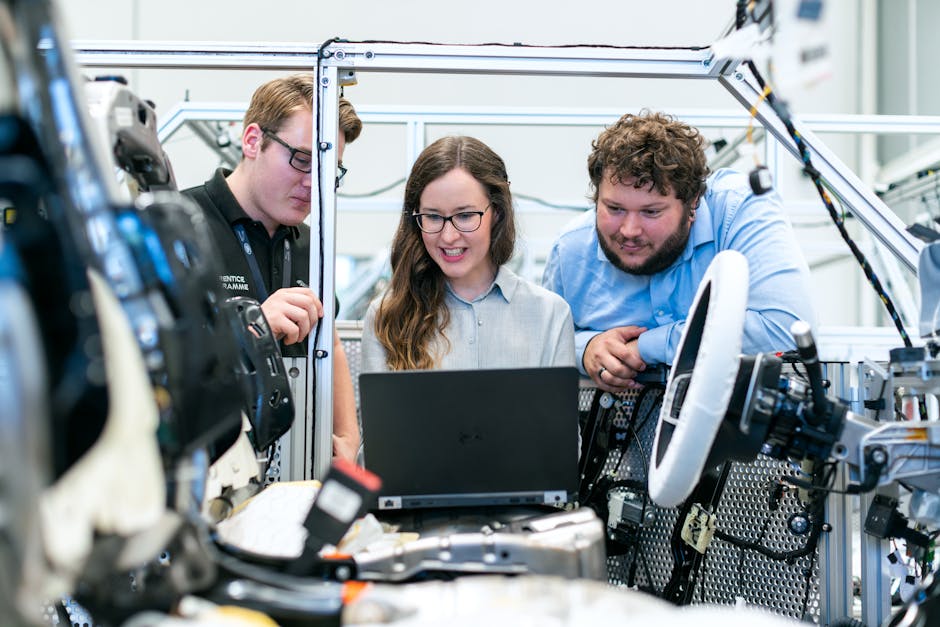
An automotive company launched an AI-driven innovation lab to reimagine its approach to automotive design. They employed AI algorithms to examine user preferences and trends. The lab's success came from how it encouraged designers and engineers to work alongside AI, using insights gleaned from complex data analyses to inform their creative processes. The result? A flagship model that garnered record sales due to its alignment with consumer desires.
2. The Creative Agency's AI Partner

A creative agency partnered with an AI platform to enhance its advertising campaigns. The AI analyzed previous campaign performances and consumer engagement metrics. During team brainstorming sessions, AI provided real-time insights about market moods, optimizing ad content for targeted demographics. This partnership not only produced impactful campaigns but also highlighted areas in which team collaboration could be improved, leading to more cohesive efforts.
Navigating Challenges in AI Collaboration
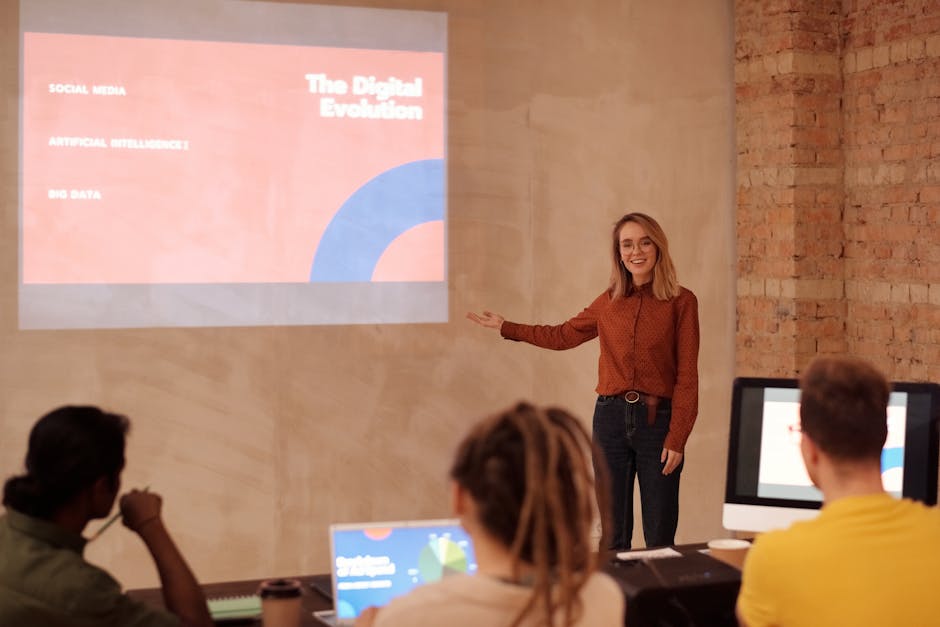
While the benefits of AI collaboration are enticing, potential challenges must be addressed.
1. Trust and Adoption
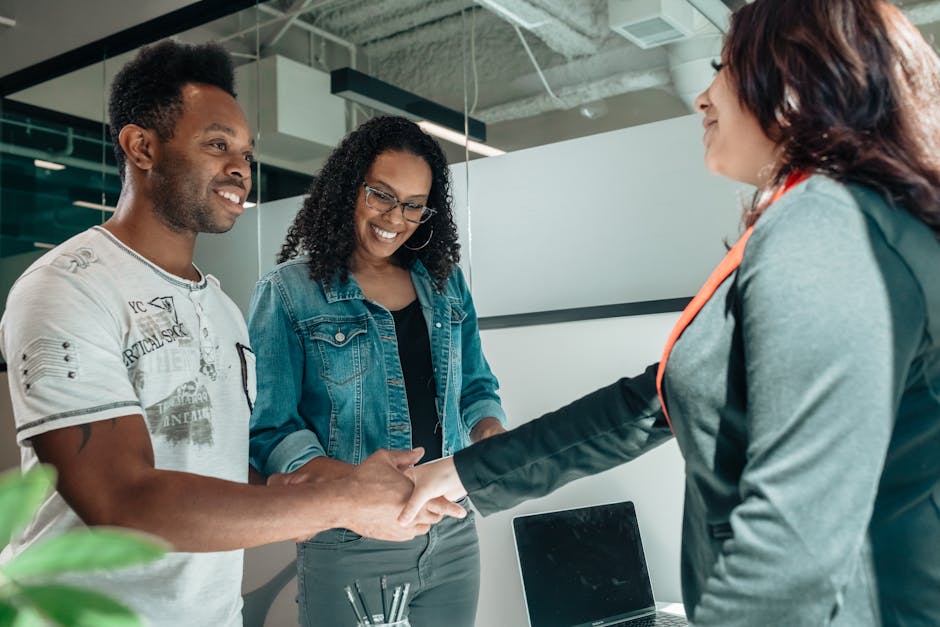
One major challenge is fostering trust in AI systems among team members. Many employees may be hesitant to embrace AI tools, fearing they may replace human intelligence. To combat this, organizations can focus on education and transparency, making it clear that AI is a tool designed to enhance, not replace, human creativity.
2. Integration with Existing Processes

Integrating AI tools within existing workflows can be daunting. Businesses should take a measured approach, pilot new technologies in small teams before a wider rollout. Gathering feedback from these pilot programs will facilitate smoother transitions and encourage a culture open to change.
Creative Solutions to Common Challenges

-
Establishing Clear Communication: Open lines of communication are critical in any collaborative effort. Regular meetings where AI insights are discussed can help all team members feel invested in the AI-enhanced process.
-
Championing AI Literacy: Conduct workshops and training sessions aimed at improving understanding and comfort levels with AI technologies within teams. This initiative will create ambassadors within the organization who can champion AI tools among their peers.
-
Phased Implementation: Rather than a dramatic shift to a fully AI-integrated system, consider a phased approach where you gradually introduce AI tools and capabilities, allowing ample time for adjustment.
The Future of Teamwork: AI and Human Synergy

As we approach 2025, the partnership between AI and human creativity will only deepen. Organizations that embrace this synergy are likely to find themselves ahead of the curve. The advent of AI has transformed the traditional work environment, making it imperative for businesses to adopt a forward-thinking attitude toward collaboration and innovation.
Emphasizing Employee Engagement
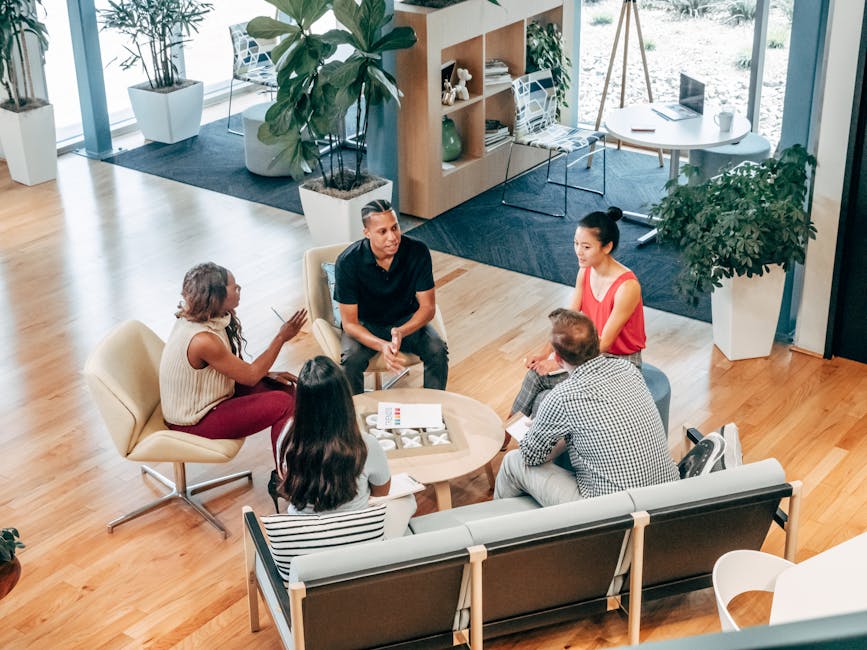
According to Harvard Business Review, fostering an emotionally intelligent workplace enhances employee engagement. AI can assist in tracking employee sentiments and needs, allowing organizations to create tailored engagement strategies that boost morale and productivity, driving teams toward creative outcomes.
Final Thoughts: Embrace the AI Collaboration Lab

The AI Collaboration Lab is more than just a concept; it's an evolving approach to how creativity and problem-solving can be enhanced through human-machine partnerships. As technology continues to advance, organizations must be willing to adapt and experiment with frameworks and tools that nurture this synergy.
By addressing potential challenges proactively, leveraging success stories, and investing in employee education, businesses can create a collaborative environment where creativity flourishes. The future of teamwork lies at the intersection of human ingenuity and AI capabilities, and those willing to explore this landscape will unlock unprecedented opportunities for innovation and success.
Next Steps for Your Organization
-
Assess Current Collaborative Practices: Evaluate how your teams currently approach collaboration. Identify areas where AI tools could enhance creativity.
-
Invest in Training Programs: Consider launching training initiatives focused on AI literacy and emotional intelligence.
-
Pilot AI Tools: Test new AI tools within a small team before broader implementation. Gather insights and refine your approach as you progress.
By putting these steps into action, organizations can harness the immense potential of AI, sparking creativity and innovation that propels them into the future.






